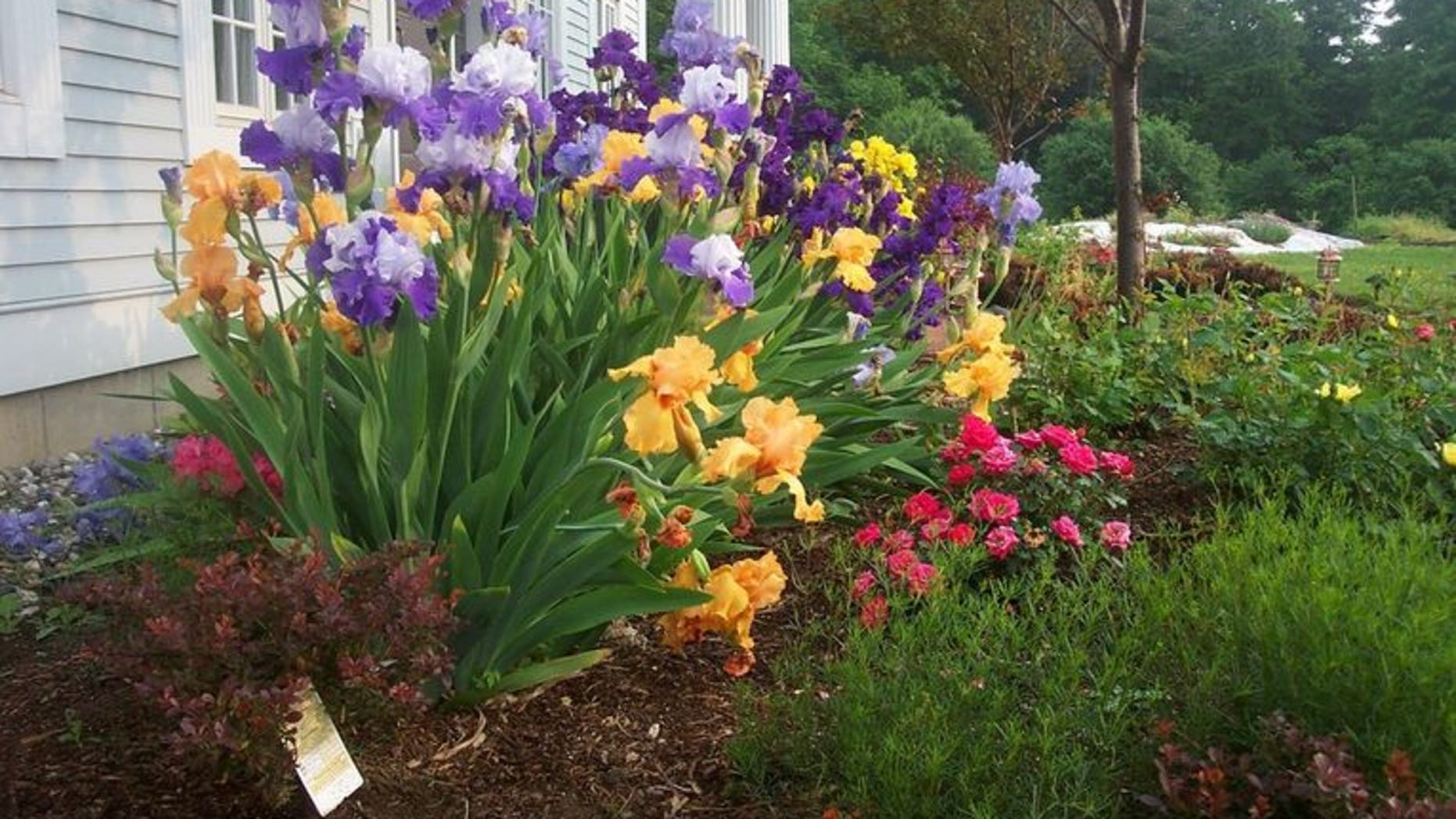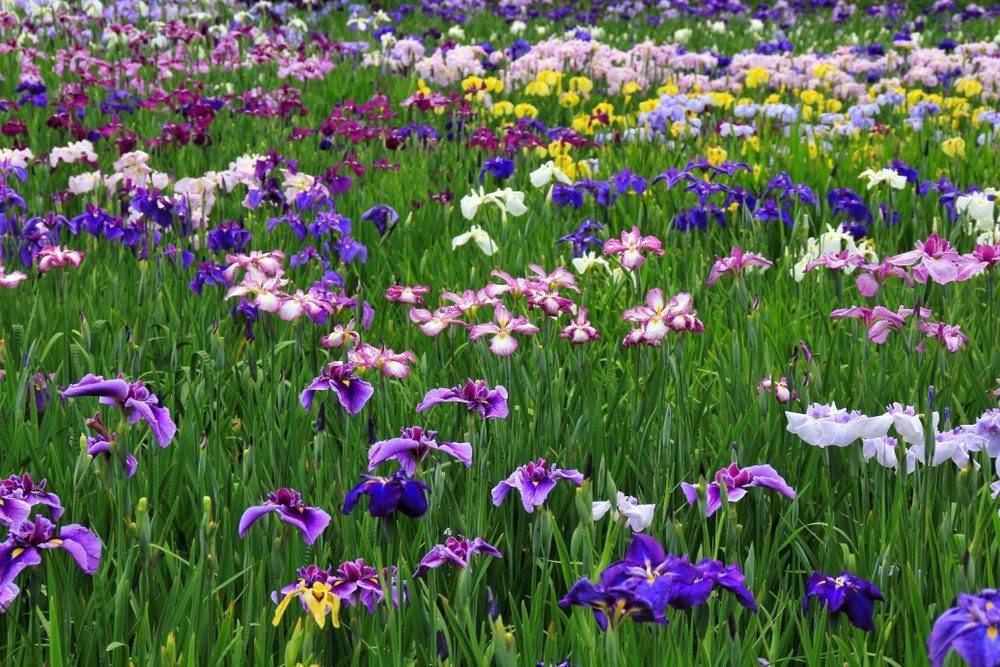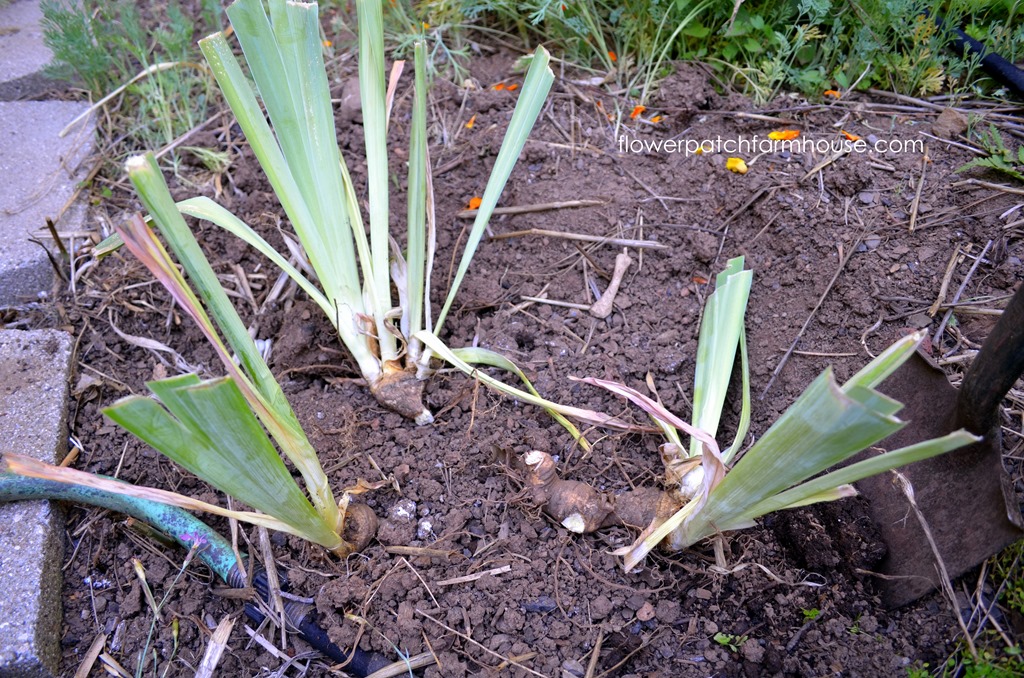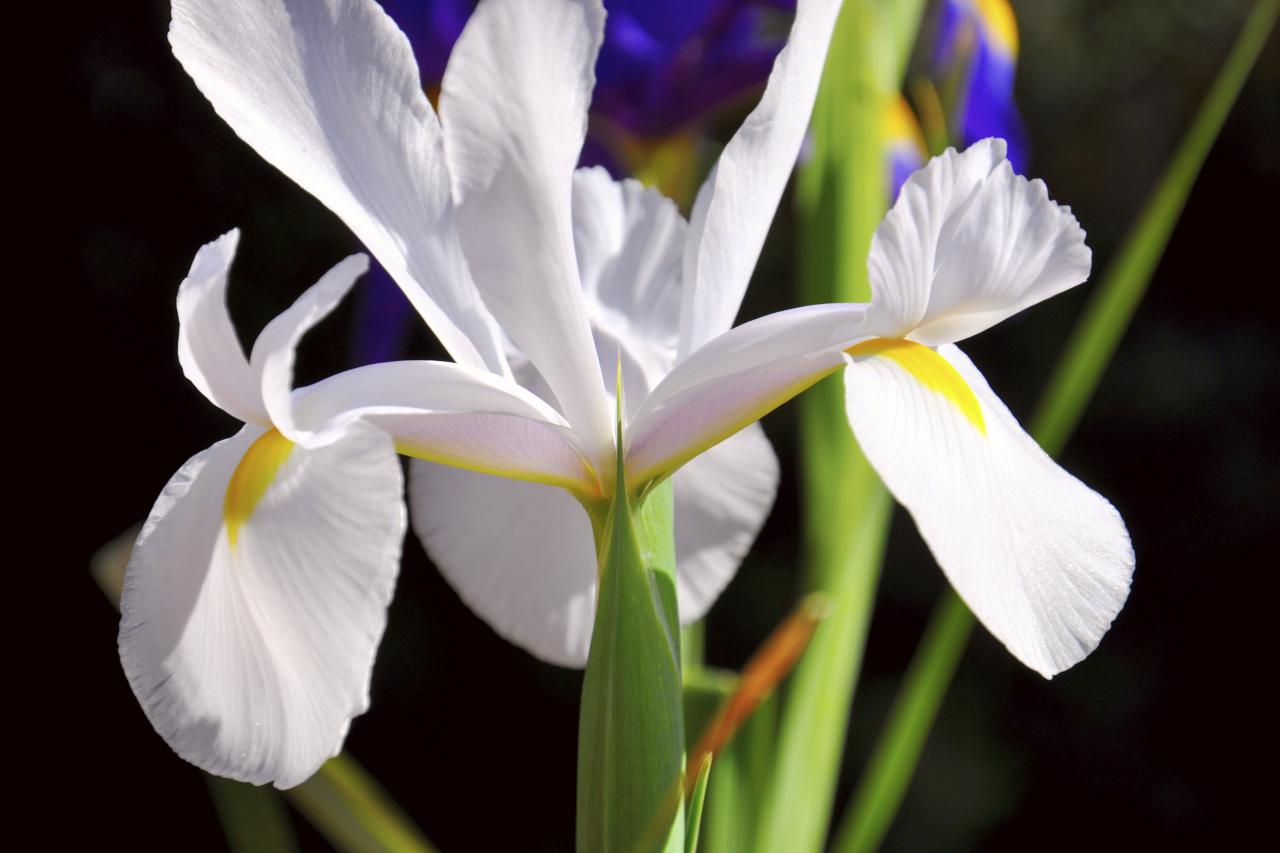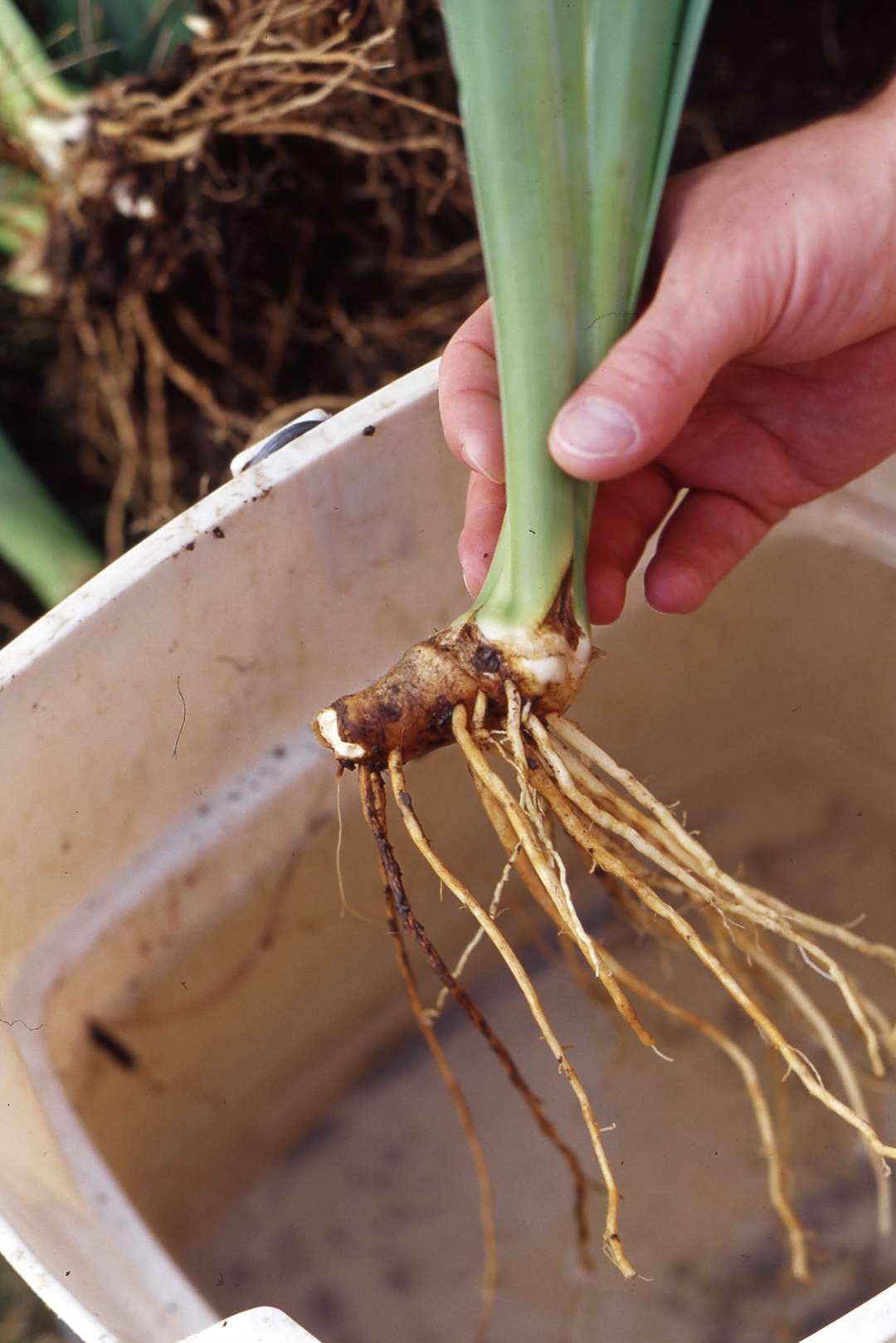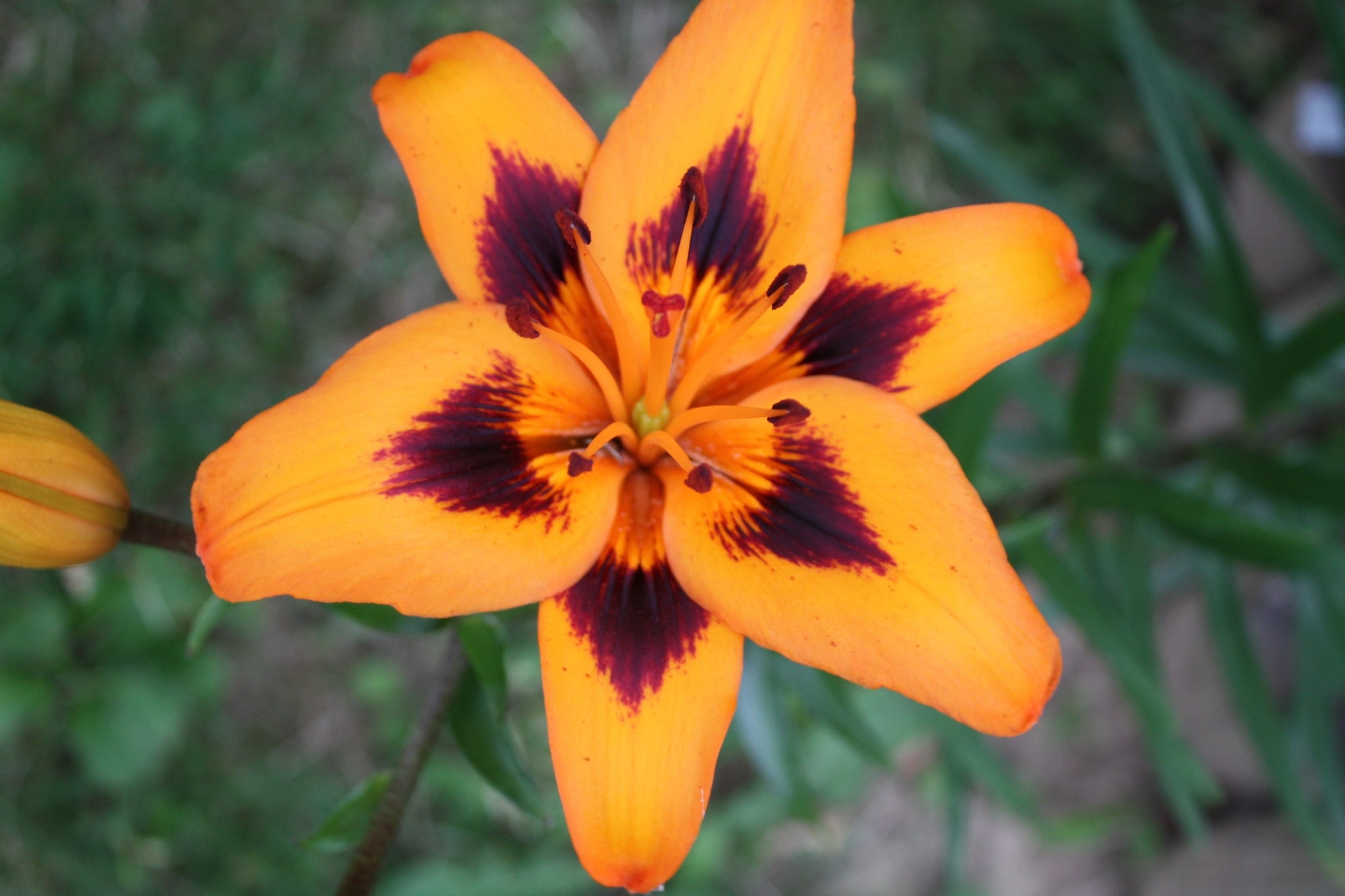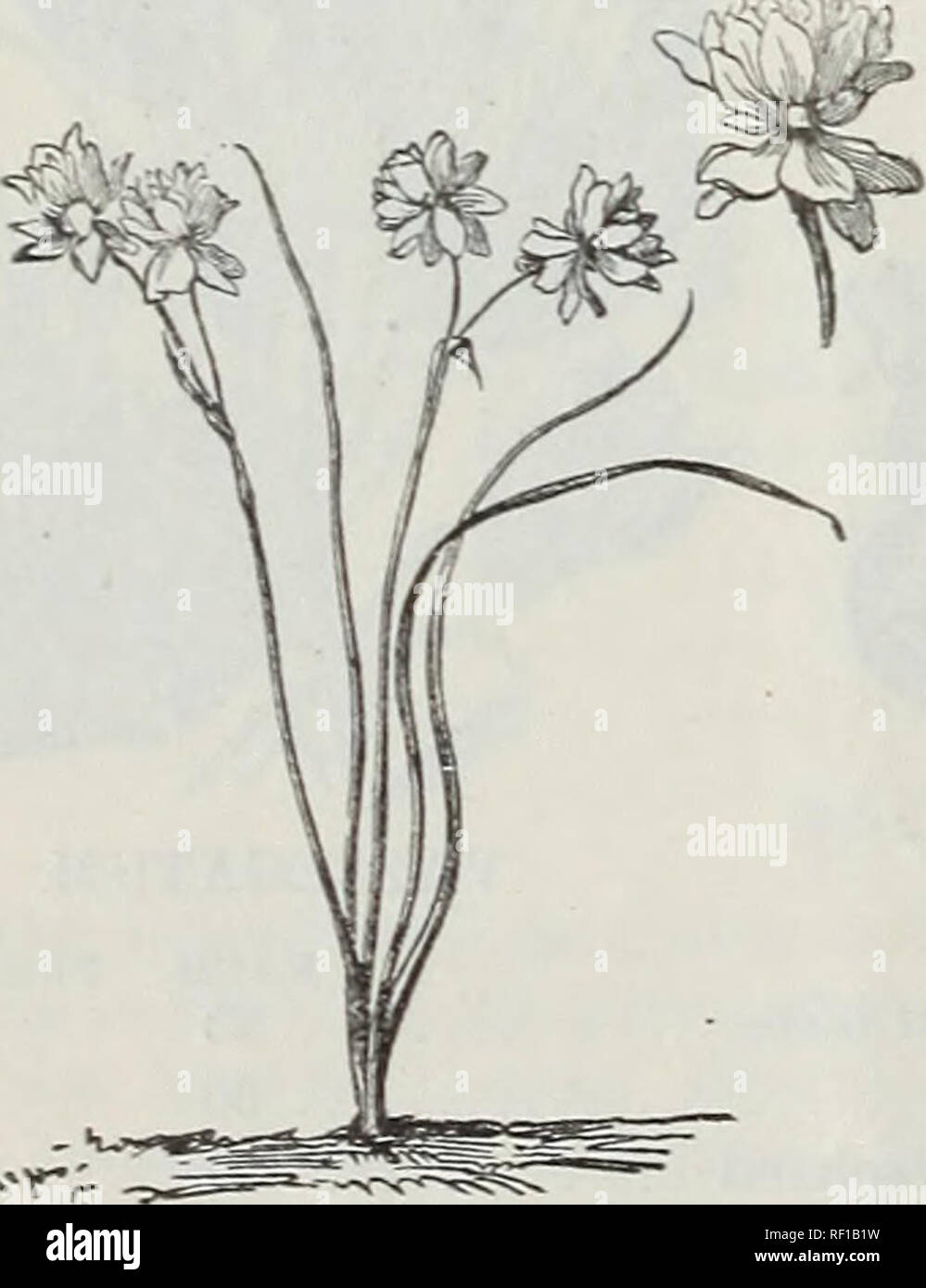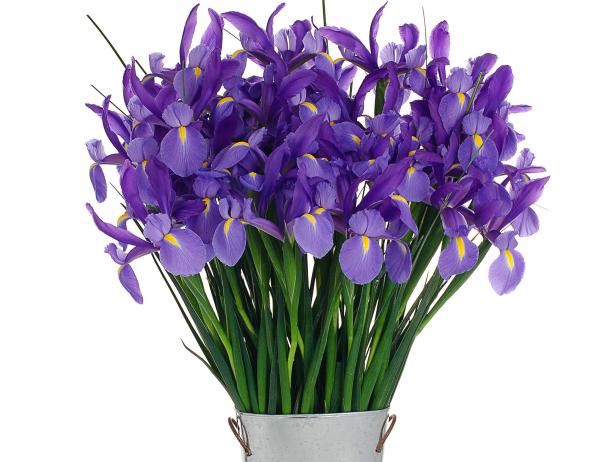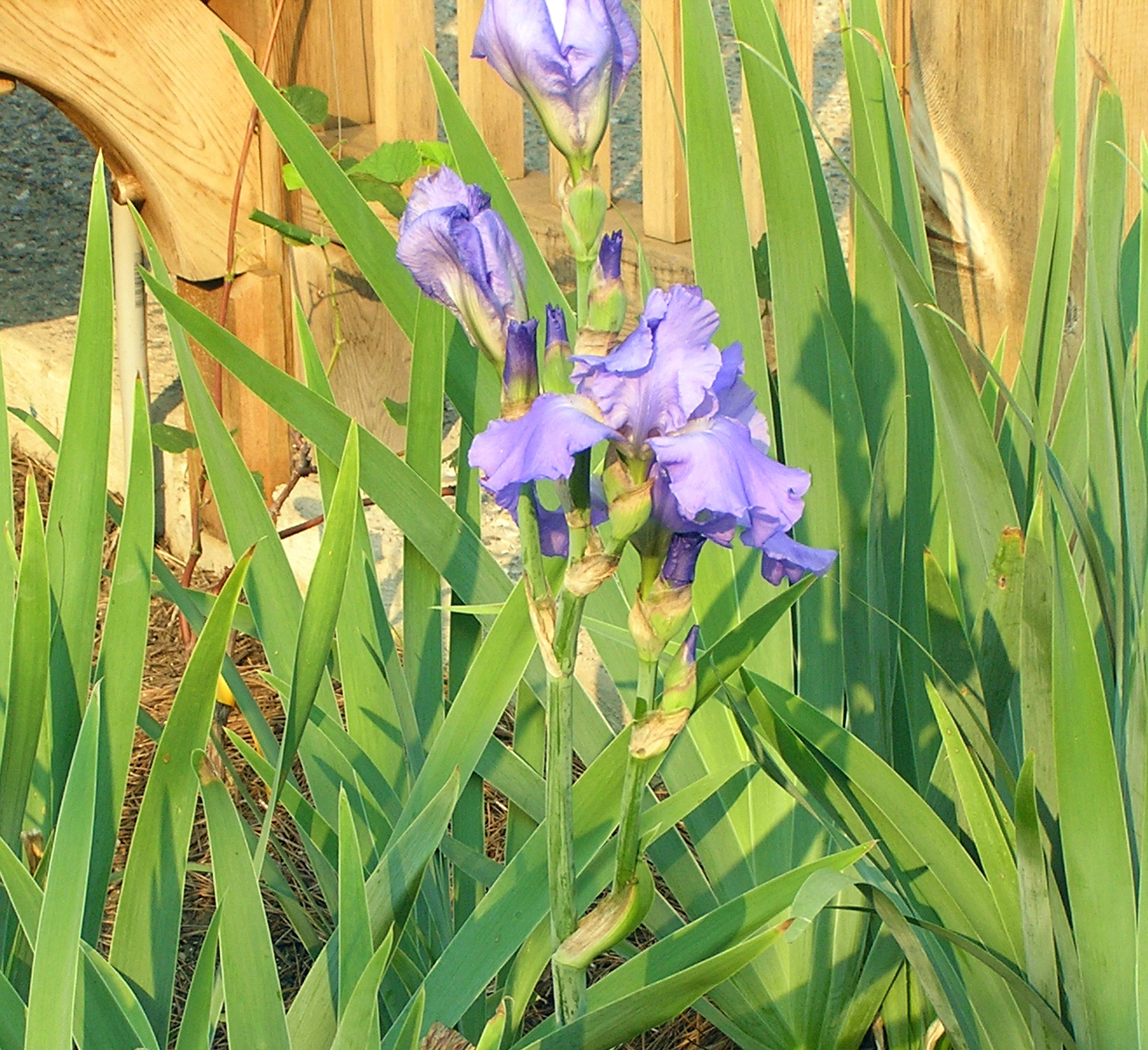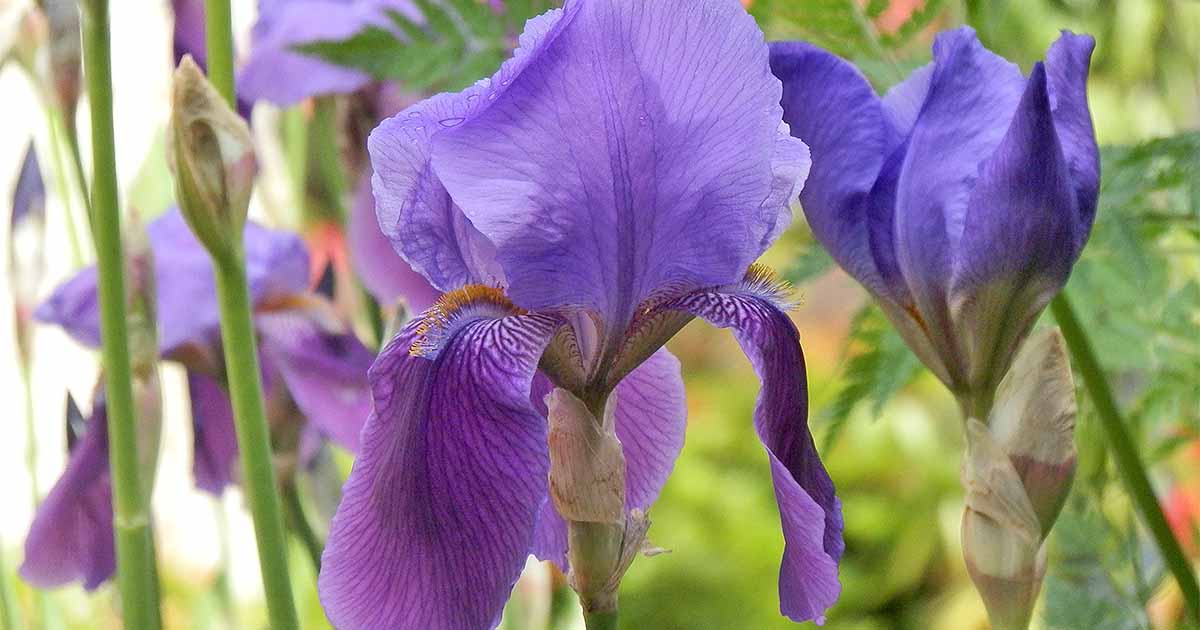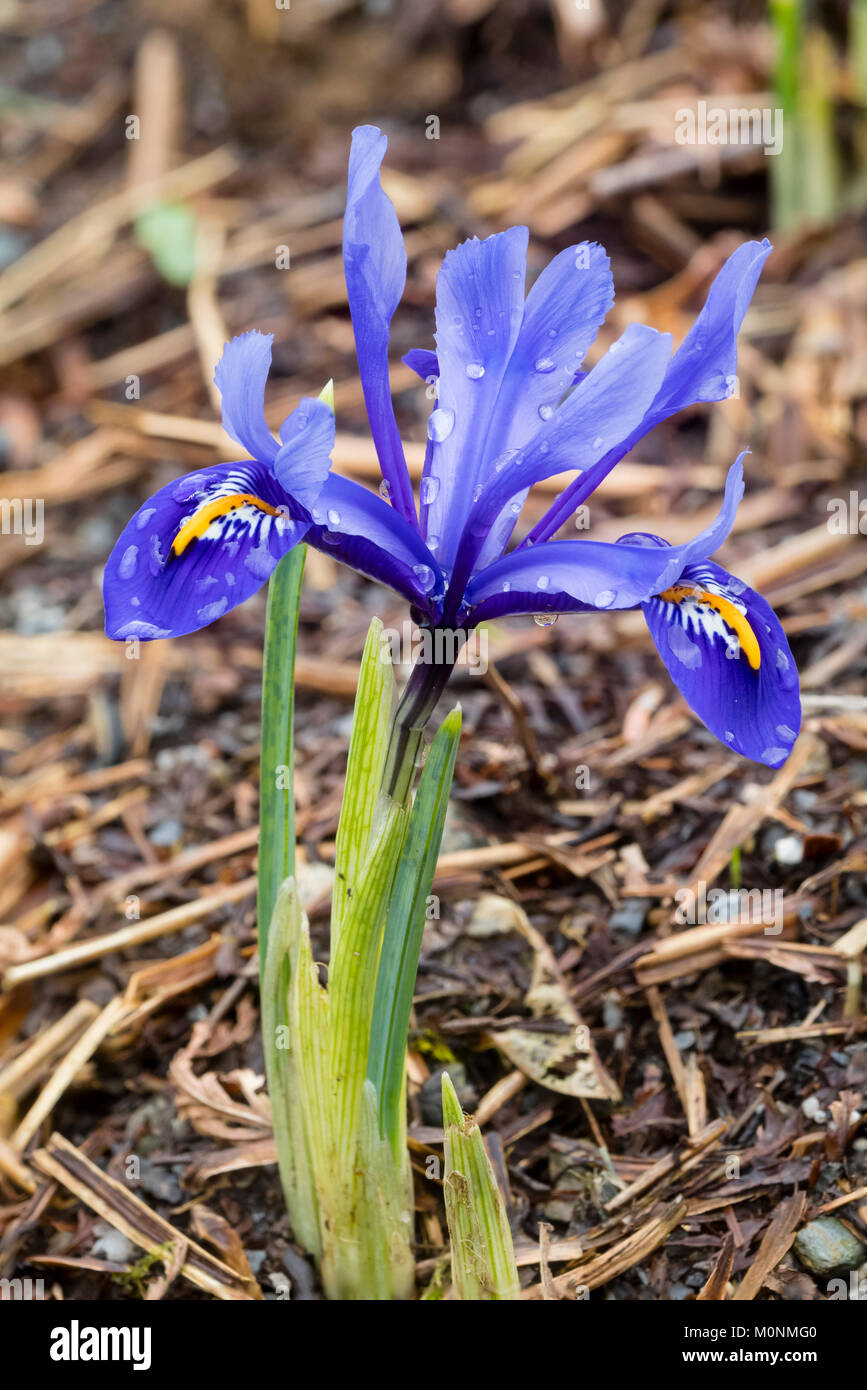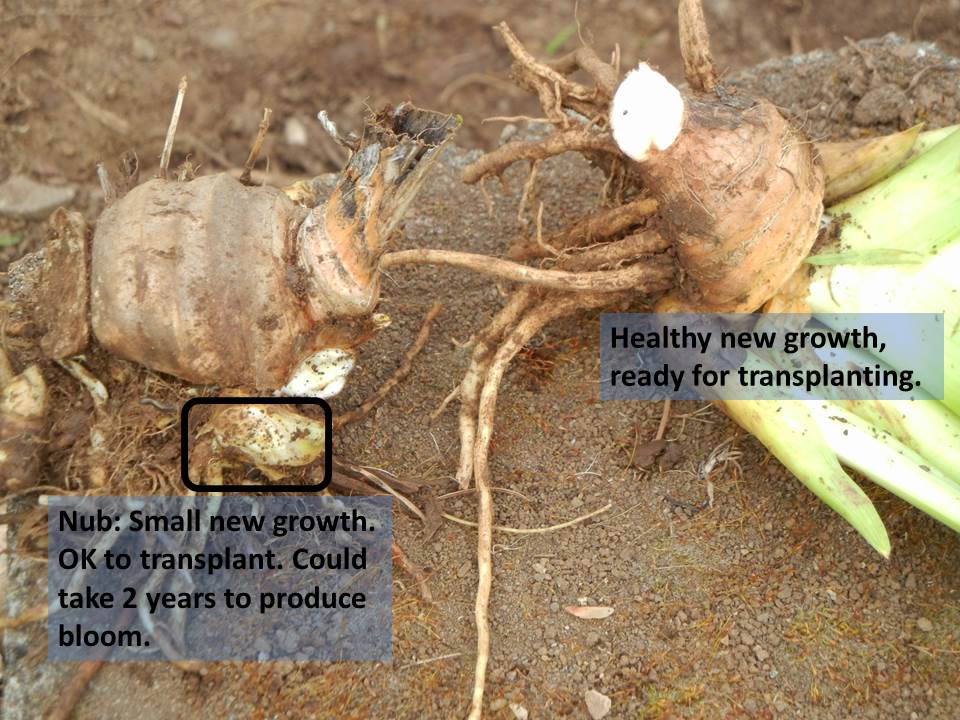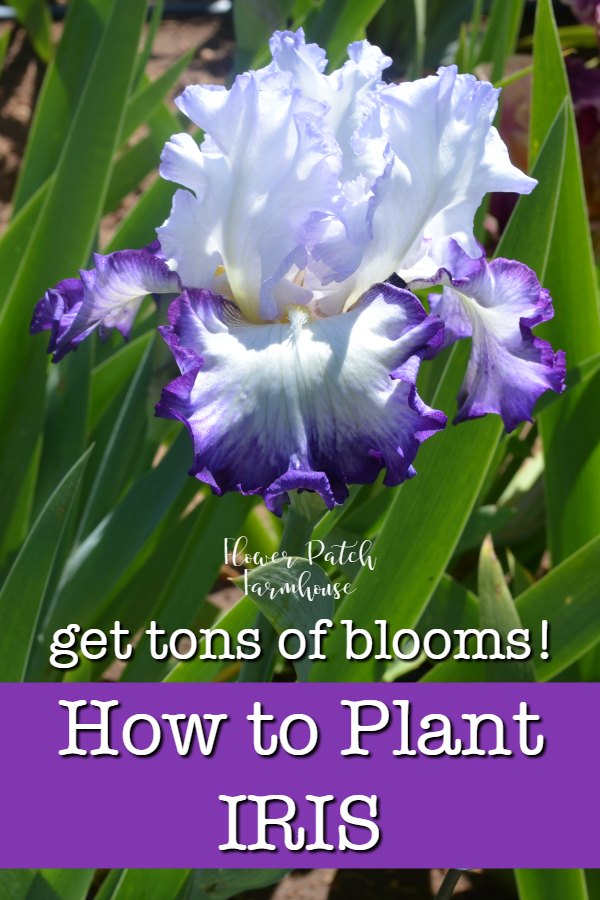Planting Iris Bulbs In Winter
Bearded irises must not be shaded out by other plants.

Planting iris bulbs in winter. Plant in fertile soil that is neutral to slightly acidic. Many do best in a special bed on their own. Using a scrub brush gently brush off most of the dirt. They can tolerate as little as half a day of sun but its not ideal.
Irises will bloom best in full sun. Most bulbs should be planted after a hard frost usually from mid october until the ground freezes. According to easy to grow bulbs those living in climates with freezing weather in winter should plant their bearded iris rhizomes in late summer to early autumn. Irises prefer wet feet but dry knees according to farmers almanac.
Loosen soil using a tiller or garden fork about 12 inches deep. They should have plenty of air ventilation and it should be about 70 f. You can plant them with other plants that like more water by planting them in small hill of soil. Spring flowering bulbs planted early winter.
Place the container with the wrapped iris bulbs in a cool well ventilated location. Choosing and preparing a planting site. Make sure the container is uncovered and that there are no pests living near the container. Plant bulbs so the bottom is two to three times as deep as the length of the bulb in well drained soil.
Temperatures should be above 40 degrees so the best time to plant bearded iris is july through september notes north carolina state university extension. For most iris varieties july and august are the best months for planting. Iris flowers begin blooming in late winter to early spring. Iris care is minimal once the growing iris is established.
Without enough light they wont bloom. Mist drying bulbs with water if browning occurs mist the surrounding mixture with water if you notice that any of the bulbs are browning. The next step in preparing iris rhizomes for storage is to place them in a dark dry somewhat cool place to further dry or cure. Iris can withstand drought but not soggy feet.
Iris plant care consists mainly of dividing the iris plants to assure continued blooms. There will be some dirt left on the rhizome. Most irises are best planted in late summer early fall at the latest. Therefore make sure the soil is well drained as irises do not thrive in wet soil in winter.
They can drain off while the other plants get all that water. This gives the iris a chance to establish its roots while there is still enough sunlight to fuel its growth so that it can survive the winter. However gardeners in warmer.











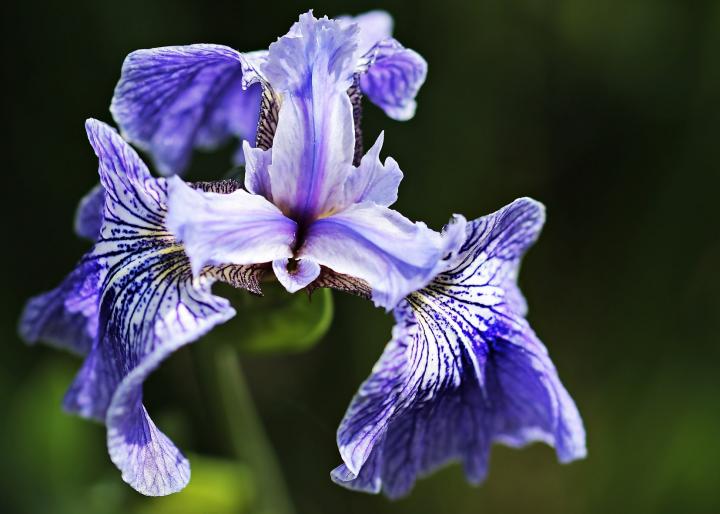

















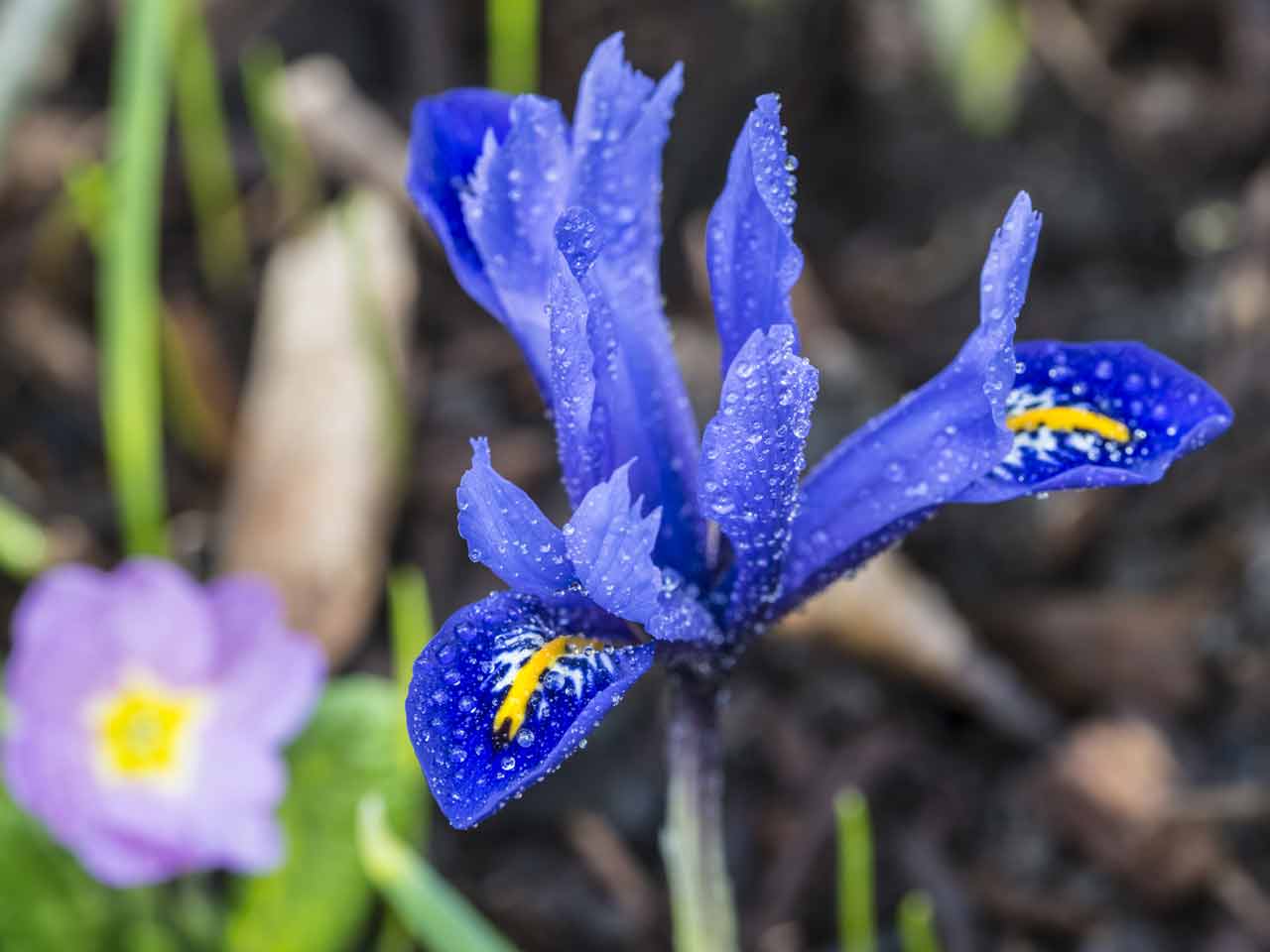



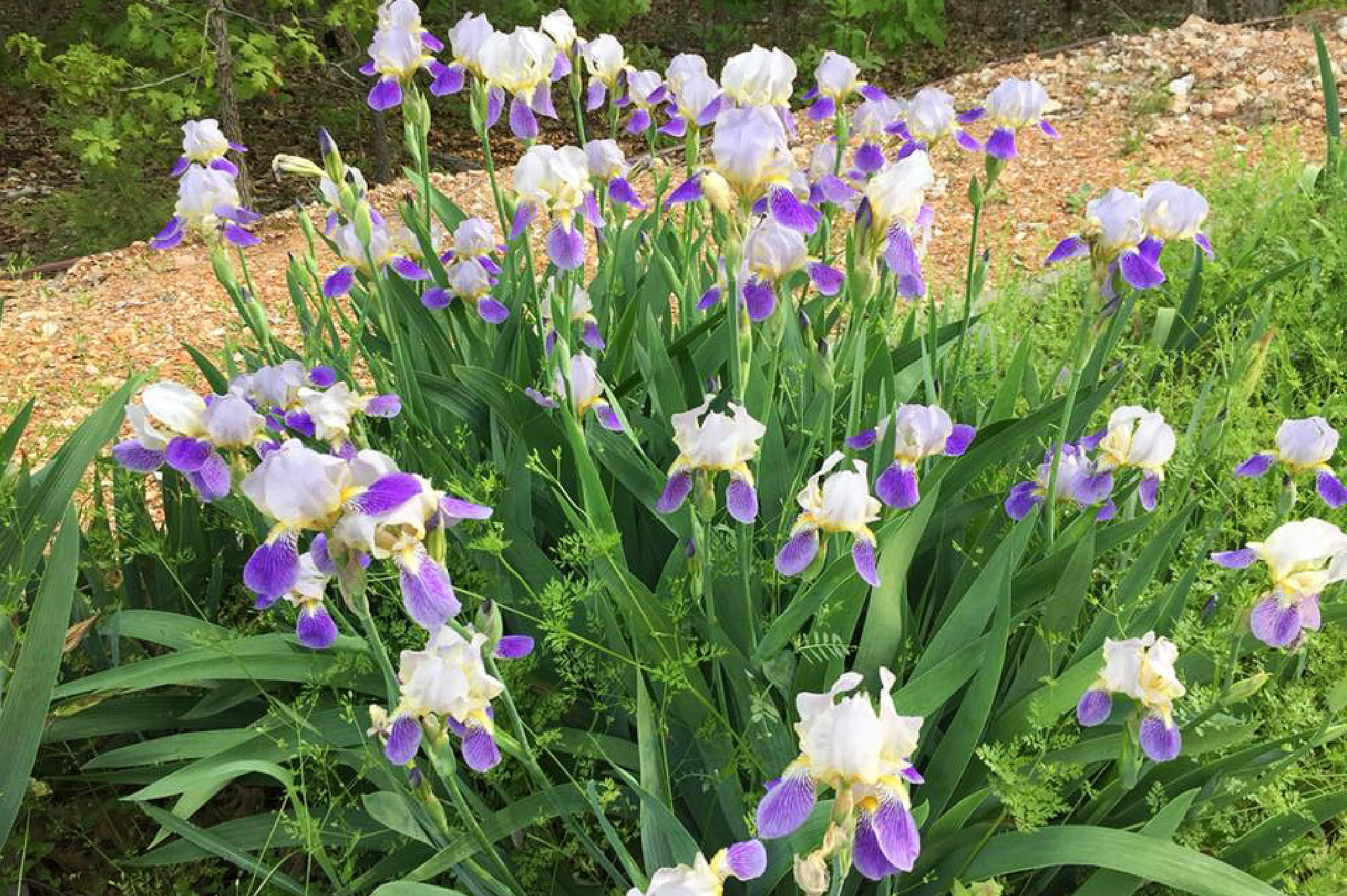

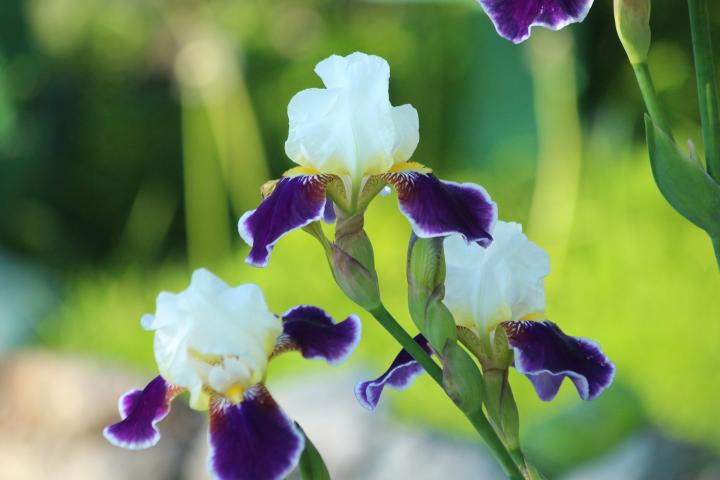
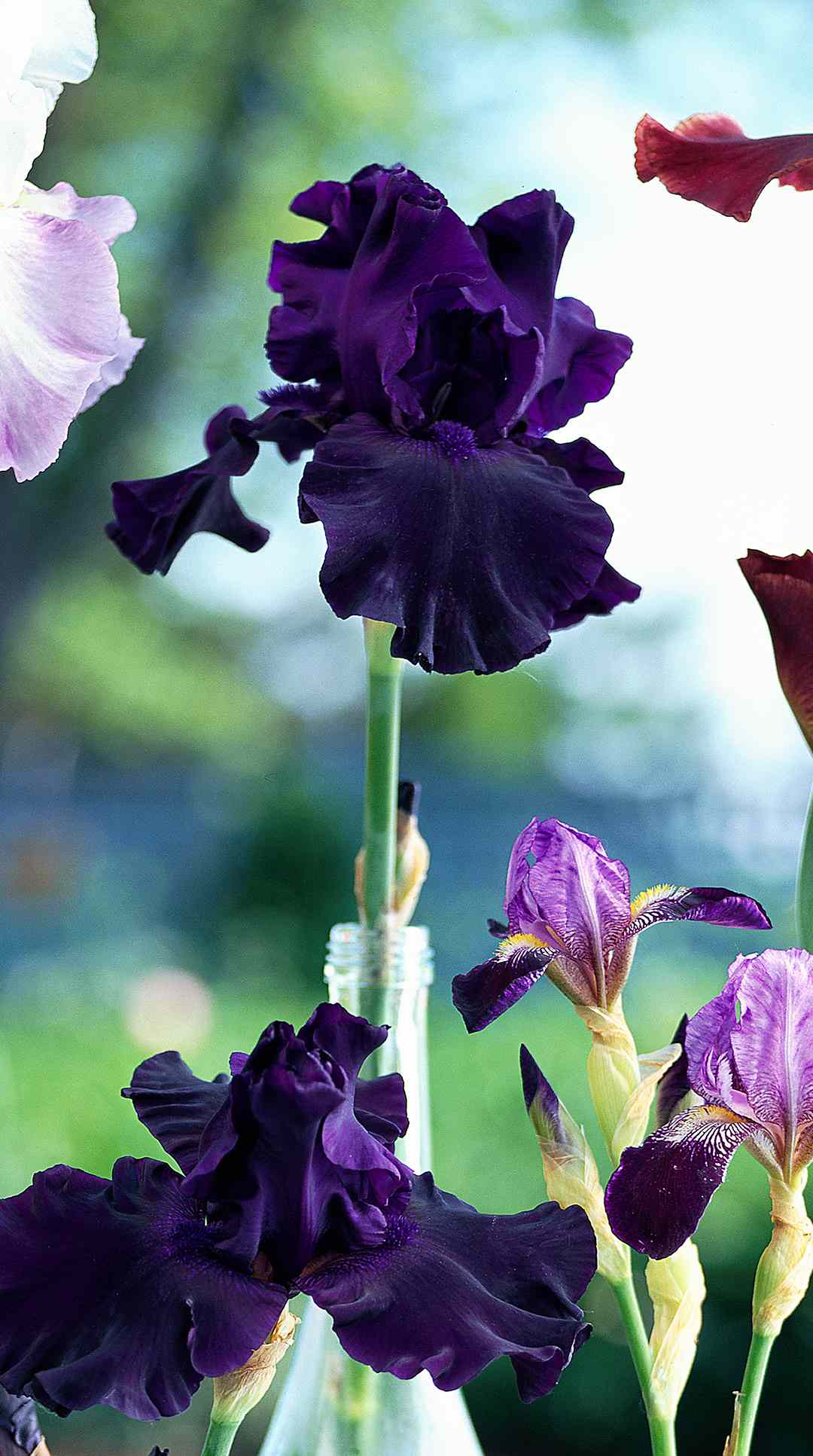
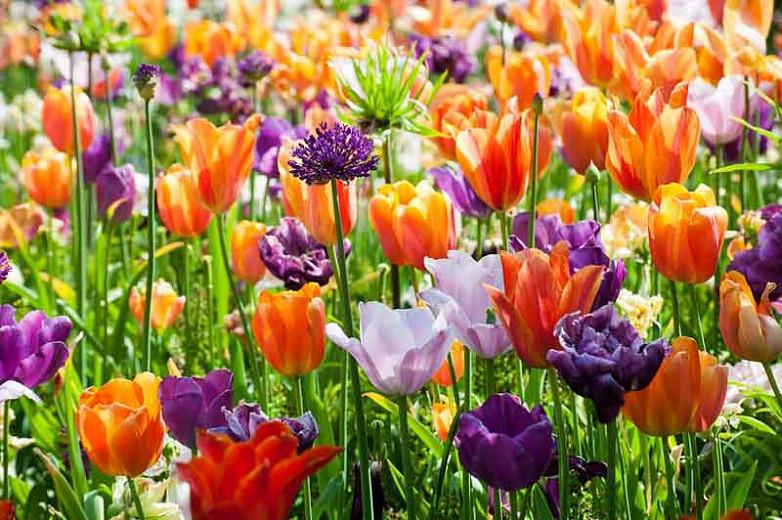
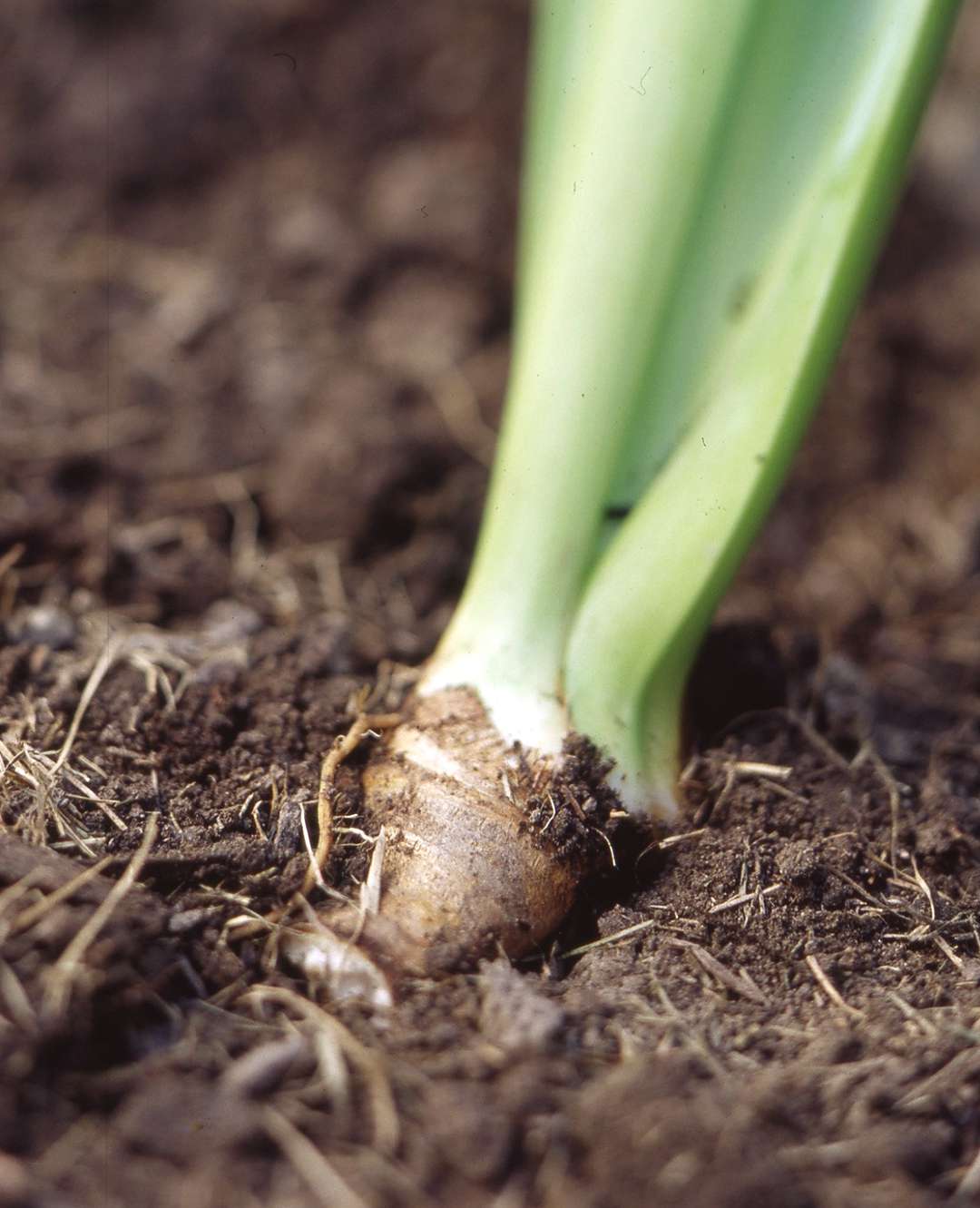






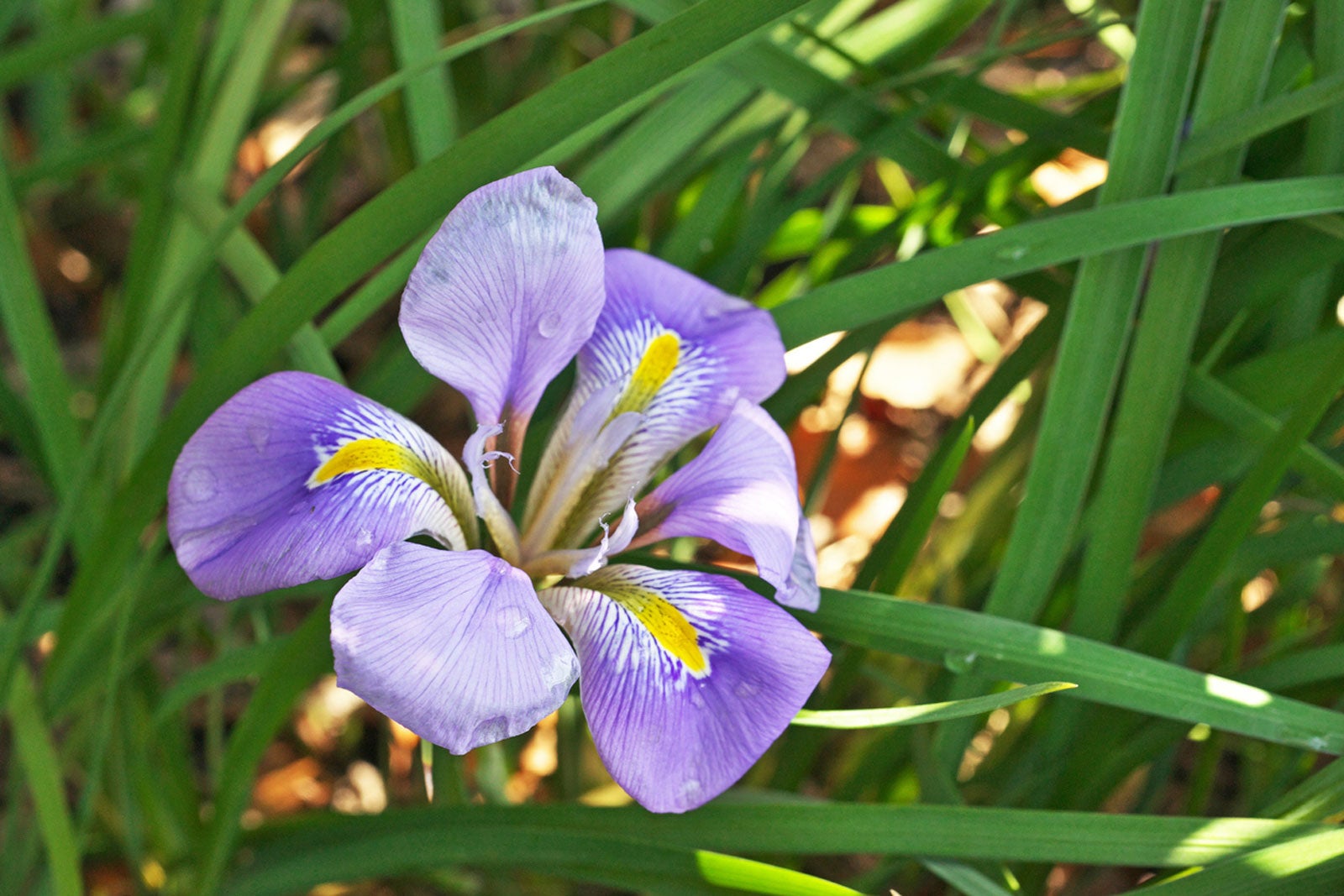











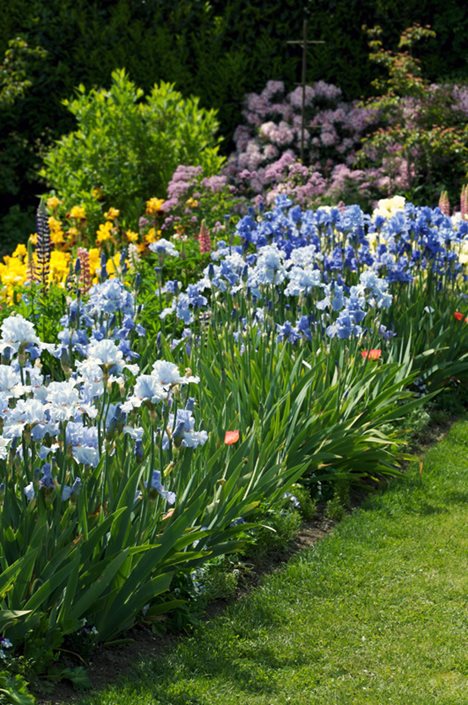
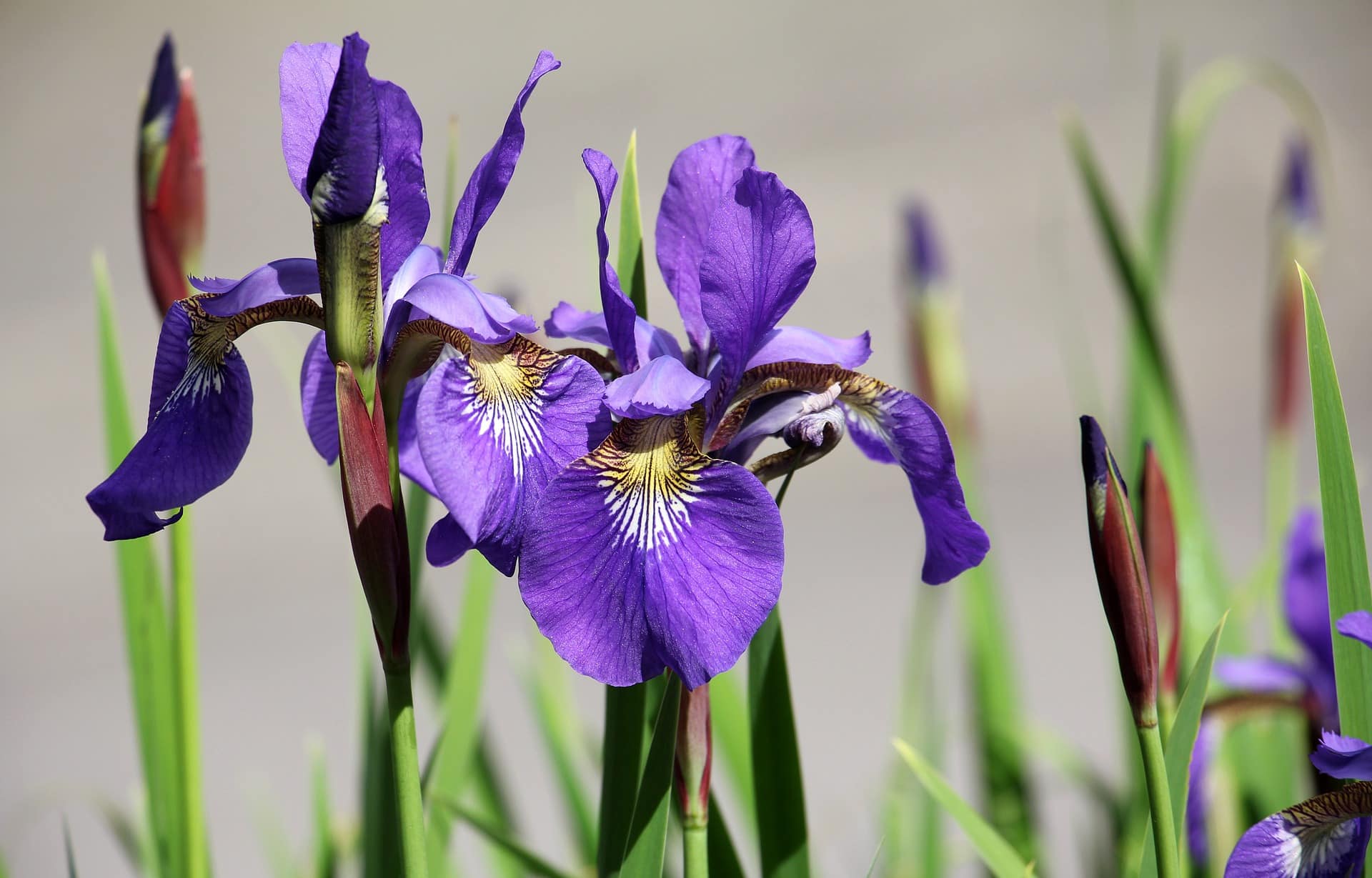

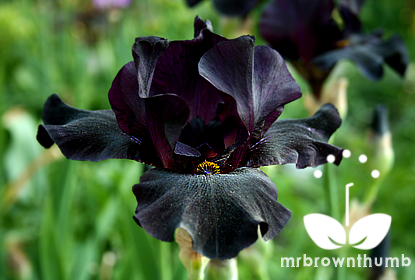
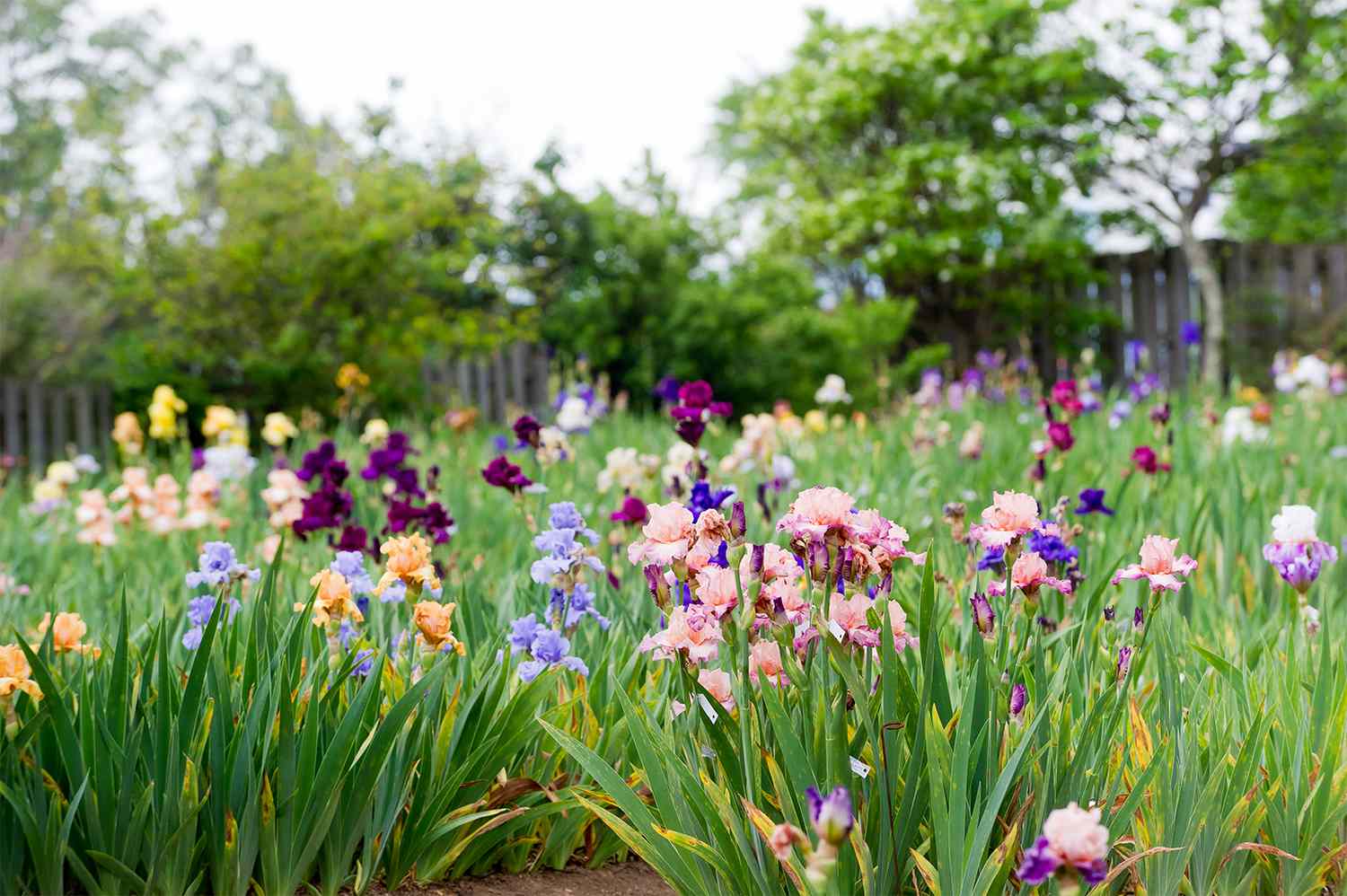
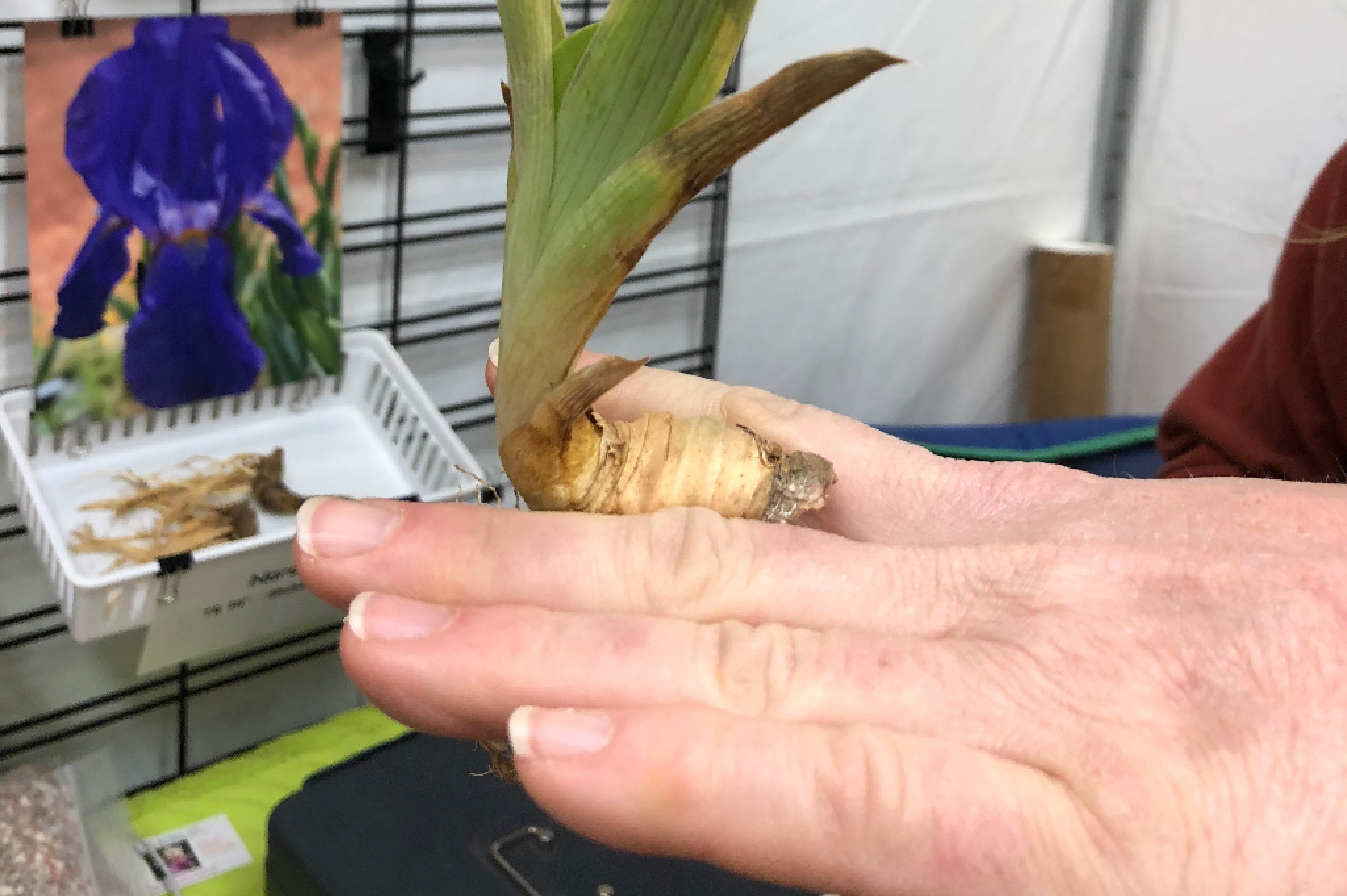

/SpringBulbs-GettyImages-522189292-5a993bb7ba6177003788b6c4.jpg)

